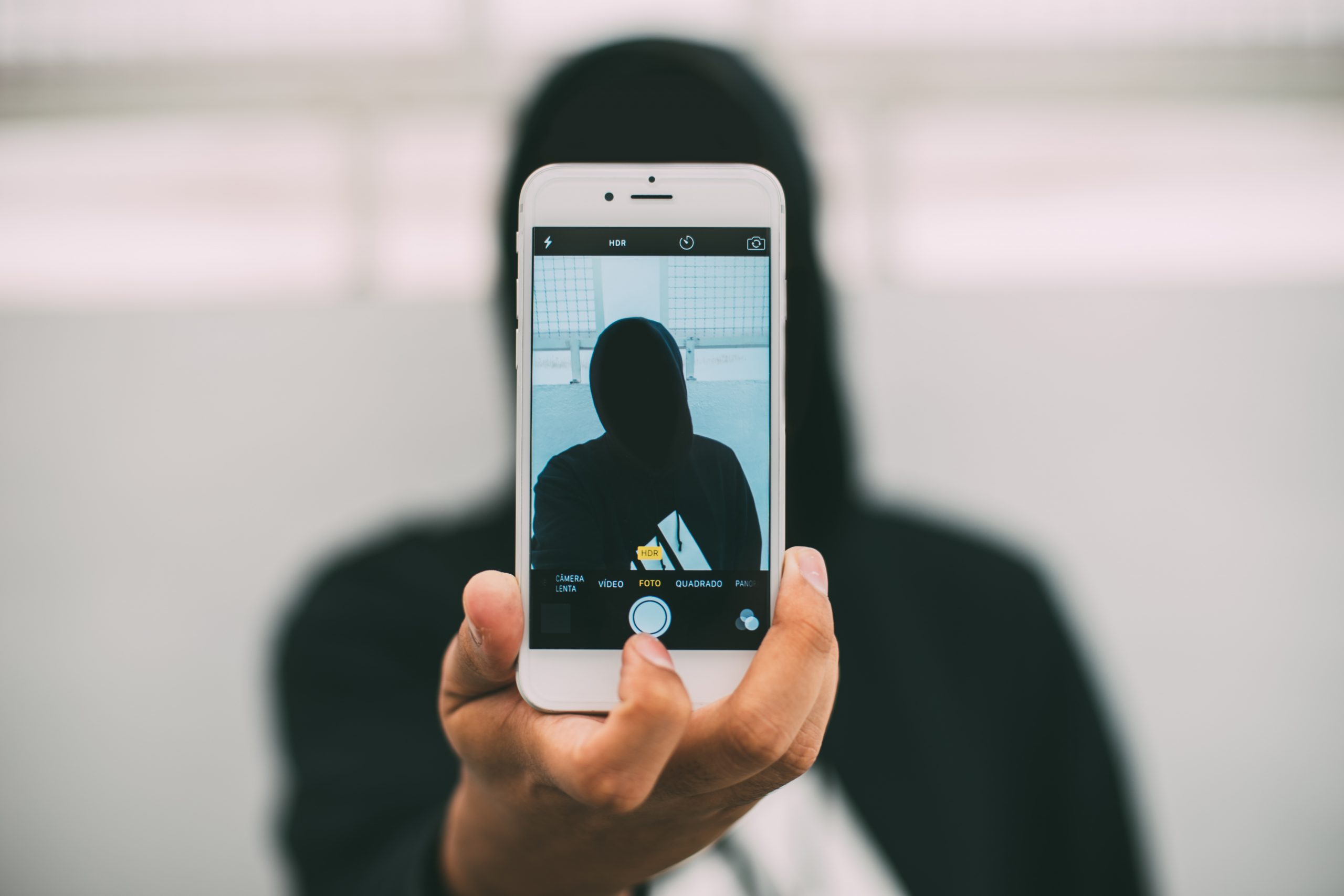
August 14, 2022, by Brigitte Nerlich
Poxpics: The visual discourse of monkeypox
Last week I talked about the coronavirus as an invisible killer and discussed some shortcomings of that metaphor. However, despite the nefarious uses of that metaphor, we should not forget that the coronavirus IS indeed an invisible threat and can be an invisible killer; no way around it. It wafts through the air unseen and the only signs we have of it being around are vaccine queues, ventilators and masks (which have all disappeared to a great extent, making us think the virus has gone away too, but that is another topic).
Musing about the monkeypox virus, made me think that this virus, unlike the corona one, is actually a rather visible killer. We do not only see indirect signs of it in the form of some shortish vaccine queues, but, instead, we see its visible symptoms – actual lesions on the body that show it is there. This time around we are not confronted with an invisible but a visible enemy, one that (amongst many other things) poses all sorts of different problems to disease management. Surprisingly, this new virus also seems to offer some opportunities for engaging in a different disease discourse.
TikTok
I use email and Twitter. That’s it. I am a dinosaur. I don’t use Facebook, Instagram and TikTok. But many young people, i.e. those more likely to be affected by monkeypox, do. While reflecting on this, I read a Twitter thread about younger people’s search habits switching from Google to TikTok, and amongst the many reasons listed, three were interesting to me, especially the last one:
“1) TikTok shows them relevant content FASTER than Google. The algorithm knows them WELL, and they love that.
2) The Gen Z focus group participants weren’t concerned about misinformation on TikTok. They know it exists and will avoid content on the platform that can easily be false (like health or news).
3) The Gen Z focus group participants don’t want to read to find information. They will if they HAVE to. But if they can get a quick video with the answer, that’s what they prefer.”
Monkeypox on TikTok and Instagram
When I delved a bit into monkeypox on TikTok and Instagram, I was quite taken aback by the flood of images and videos of monkeypox – what I call ‘poxpics’. They were there for all to see on every body part you like. Apart from one instance where somebody took a poxpic to shame somebody who turned out not to have monkeypox, these pictures were not there, it seems, to shame people. They were more ‘show and tell’. They documented what was going on, how the disease progressed, what we know about it, what people need to know about it, how people looked and felt at each stage of the illness. They were also there to help and encourage people to seek help and also to fight back against stigmatisation and scapegoating. I don’t know about others, but to me that was quite a revelation.
There is of course also a lot of disinformation, misinformation and misunderstanding out there, but quite a bit of it seems to be coming from health officials rather than those affected and ‘in the know’.
We have a short window of opportunity to get information to the right people at the right time and to prevent the spread of the disease and the spread of misinformation. Knowing what’s already out there in terms of ‘show and tell’ might be important in that context and public health officials might want to watch and learn.
Future research into visual discourse
I have not done any real research on monkeypox portrayals on social media and might have got all this wrong. However, it might be worth ‘looking at’ what’s out there. Somebody might want to study the visual discourse around monkeypox on social media, its pros and cons and how it fits in with the rest of the risk/science/health communication landscape!
Image: Selfie
No comments yet, fill out a comment to be the first

Leave a Reply